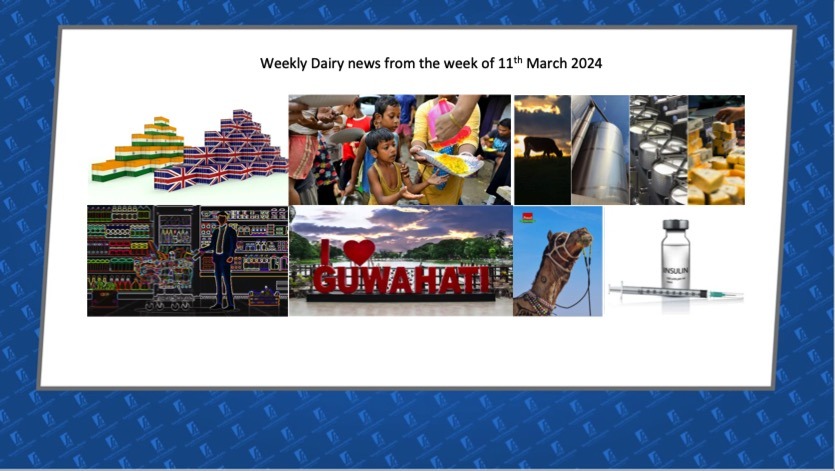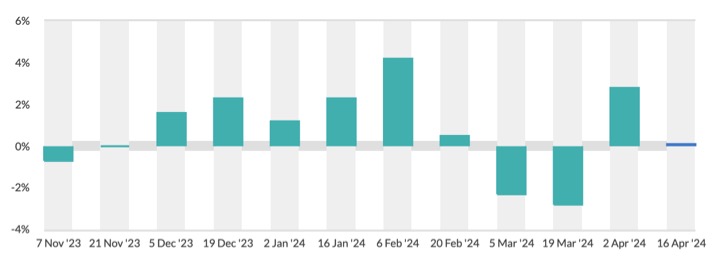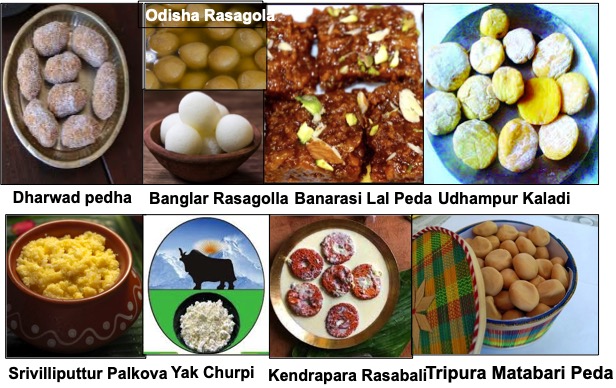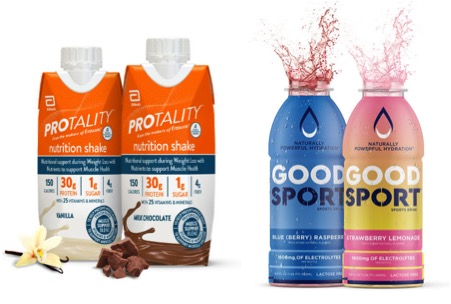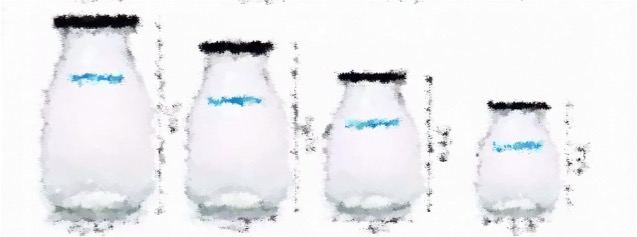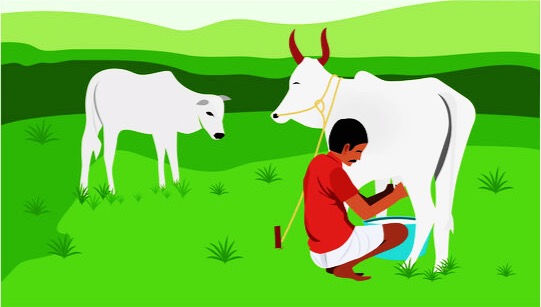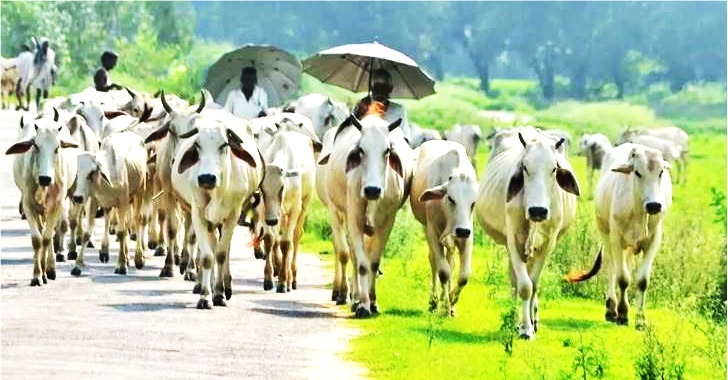The National Dairy Development Board (NDDB) is gearing up to launch second phase of the National Dairy Plan (NDP) – the ambitious project to double milk production of India – which is already world’s largest milk producer.
Phase two of NDP, which is being promoted as ‘Mission Milk’, will be spread over a period of five years with financial outlay of Rs 8,000 crore for which NDDB is holding consultation with the World Bank.
It was in April 2012 that the Anand-headquartered dairy board had launched first phase of NDP with financial outlay of Rs 2,200 crore. NDP-1 was aimed to increase productivity of milch animals through a scientifically planned multi-state initiative.
“NDP-1 is coming to a close this year. We have achieved the targets that were set in terms of production of high genetic bulls for semen production that will help in improving productivity of animals and strengthening semen stations,” NDDB’s chairman Dilip Rath said here on Monday on sidelines of a programme to launch nutrition awareness campaign and celebrate nutrition awareness week.
Rath said that through NDP-1, the board has been able to enhance dairy co-operative’s reach by adding 55,000 villages in the milk co-operative network.
“NDP-2 which is being discussed with the World Bank will primarily focus on enhancing milk processing capacity, infrastructure and we are looking forward to establish milk quality testing equipment at critical points in procurement area,” he said
The national board also wants to expand the co-operative network further.
“There are 3.20 lakh villages that have milk potential out of which 2 lakh villages have been covered. There is potential to expand the co-operative network to 1.20 lakh villages,” he said
Talking about achievements of NDP-1, he stressed that milk production in the last five years has grown at 6 % plus rate.
“I would say that credit of this can be rightly taken by NDP,” he said, adding that the second phase of NDP would also see massive expansion of embryo production capacity.
“There are 12 institutes where mass embryo production will take place. Through artificial insemination, it takes three to four generation, before the milk producer sees improvement in productivity of cattle. But with embryos using IVF, it happens in just one generation. This is the best technology for improving productivity of indigenous breeds,” he said









